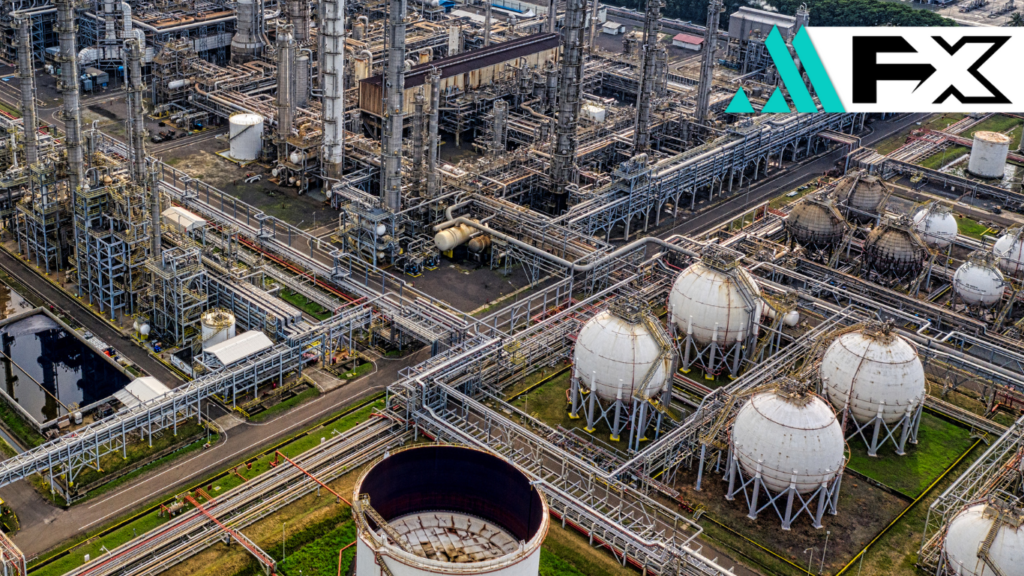Crude oil prices edged higher Tuesday, driven by the U.S. administration’s evolving tariff policy and improving demand signals from China. President Donald Trump’s latest comments about easing auto import tariffs added momentum to commodities broadly, including energy markets.
Brent crude futures gained $0.25 (0.4%) to reach $65.13 a barrel, while U.S. West Texas Intermediate (WTI) rose $0.28 (0.5%) to $61.81 by early morning GMT.
Trump’s consideration of adjustments to the 25% tariffs on foreign autos and parts—primarily affecting imports from Canada, Mexico, and Asia—marked a potential shift in the administration’s protectionist stance. This follows Friday’s announcement of tariff exemptions for smartphones, computers, and other electronic goods, which briefly lifted market sentiment.
However, investors remain cautious. “The rally in oil is fragile, given the unpredictability of policy shifts,” said analyst Tina Teng. The volatility in trade-related headlines has also led OPEC to revise down its global demand forecast, the first such adjustment since December.
China Crude Imports Climb 5%
Fresh trade data from China provided a second pillar of support for oil markets. According to figures released Monday, China’s crude imports rose nearly 5% in March year-over-year. The increase was partially driven by a surge in Iranian oil shipments, as refiners front-loaded purchases ahead of expected sanctions tightening by the U.S.
This uptick in demand is critical, especially as global producers brace for potential supply restrictions stemming from renewed U.S. pressure on Iran. Energy Secretary Chris Wright confirmed Washington’s intent to completely halt Iranian oil exports, a move that could strain global supply and lift prices further.
Additional supply-side data:
- Kazakhstan’s oil output fell 3% in early April, per energy ministry data.
- Despite the decline, its production remains above its OPEC+ quota, adding complexity to global rebalancing efforts.
Tariffs, Iran Tensions Shape Outlook
The broader oil market remains caught between two powerful dynamics: trade policy volatility and geopolitical tensions in the Middle East. Trump’s tariff moves—now including semiconductors under investigation—underscore the market’s sensitivity to policy fluidity.
Key factors influencing crude sentiment:
- Shifting U.S. tariff policies on autos and electronics
- Escalating tensions over Iran’s nuclear program
- Ongoing nuclear negotiations and sanctions enforcement
- Mixed compliance among OPEC+ members
As these variables unfold, traders remain vigilant, weighing supply risks against uncertain demand projections.


